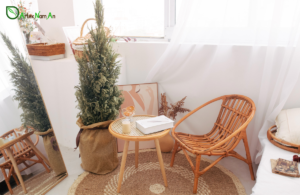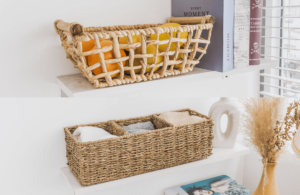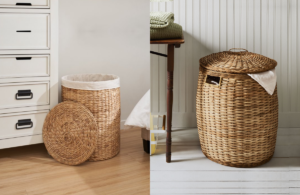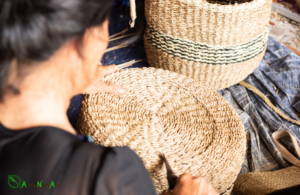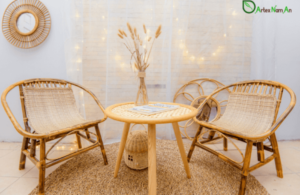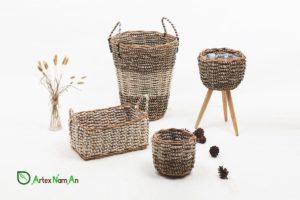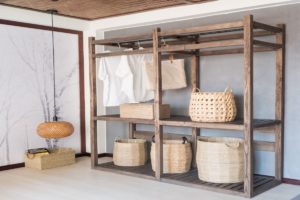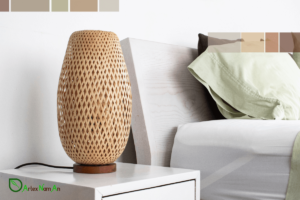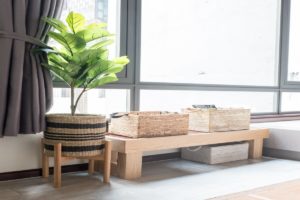Tag Archives: natural materials
Rattan vs Wicker – What’s The Sharp Difference?
Rattan vs wicker are often interchanged, but they actually don't refer to the same thing....
May
Water Hyacinth Vs Seagrass: Key Differences You Should Know
Many confuse water hyacinth with seagrass and use the terms interchangeably. But specifically, water hyacinth...
May
Top 9 Weaving Styles For Water Hyacinth Baskets Wholesale
Learn about top 9 weaving styles for water hyacinth baskets and other home decor made...
Mar
3 Natural Materials For Wicker Laundry Hampers Wholesale In Vietnam
Water hyacinth, Seagrass and Rattan are three natural materials popularly used to produce wicker laundry...
Mar
Seagrass Material: 3 Highlights About Handicraft Production Process
Thanks to its physical features and aesthetics, seagrass has a wide range of applications to...
Dec
Rattan vs Wicker, Cane, Willow: Here is the difference between 4 popular terms
Here is how you can distinguish rattan, wicker, cane, and willow. They are not only...
Nov
3 Helpful Things You Should Know To Buy Wholesale Seagrass Baskets From Vietnam
Wholesale seagrass baskets are growing in popularity across the globe. It’s because sustainability is going...
Jun
Reasons To Buy Wholesale Storage Baskets Made From Natural Materials
In recent years, the market for storage baskets is growing. The growth for storage basket...
May
The Neutral Accents – 2021 Homeware Collection brings calm to homes
Inspired by 2021 color trends, our homeware collection The Neutral Accents brings calm feels to...
May
6 Seagrass Weaving Styles For Eco-friendly Storage Baskets Wholesale
Here are six weaving styles for storage seagrass baskets in Vietnam. Have a read to...
Apr
